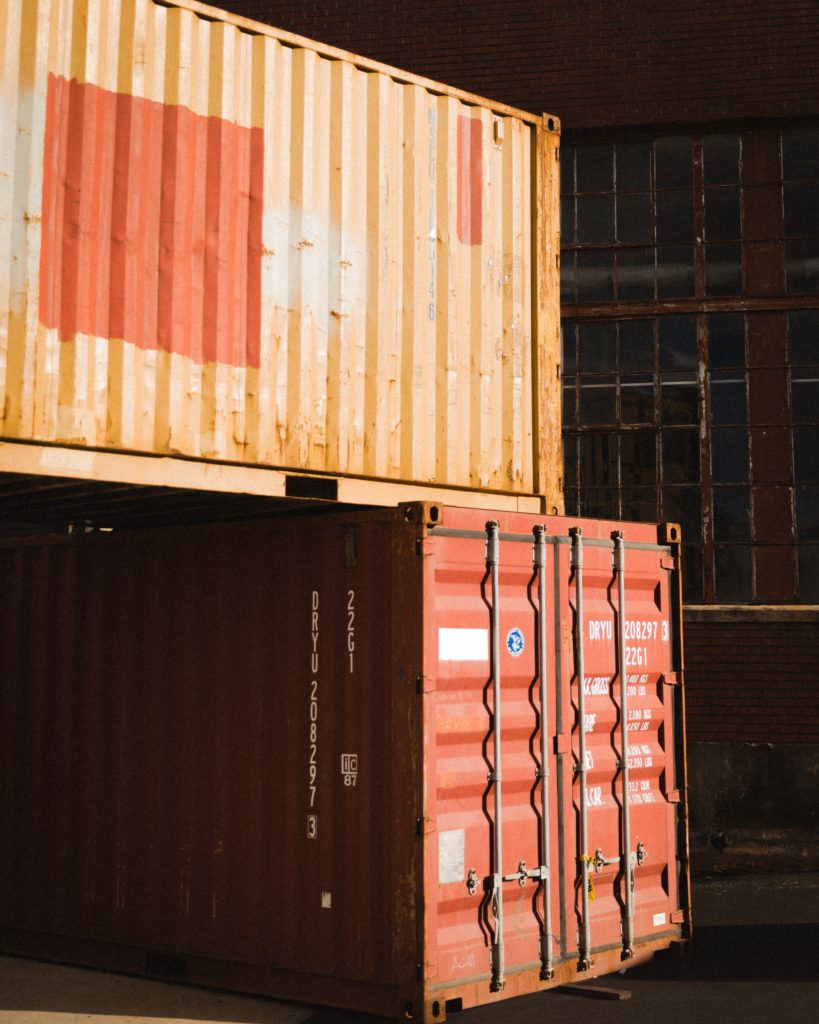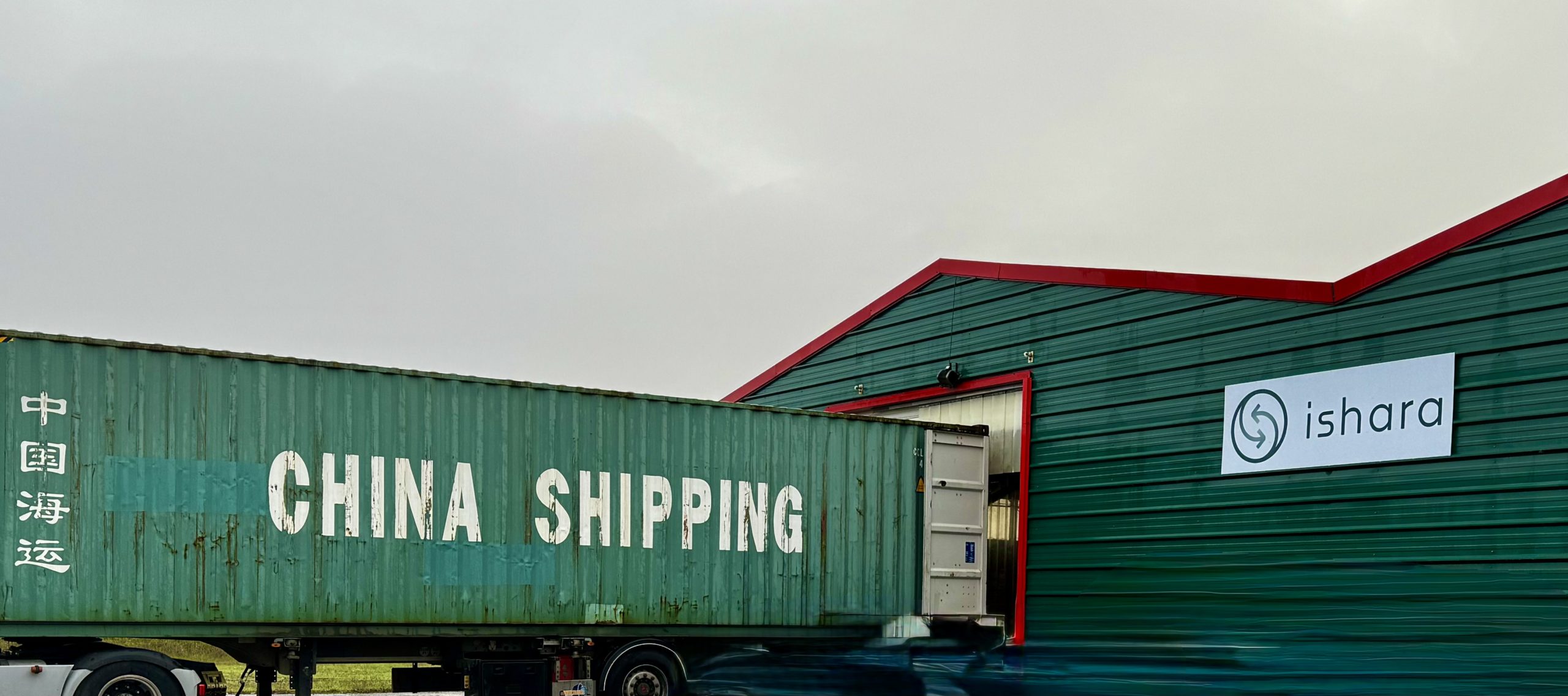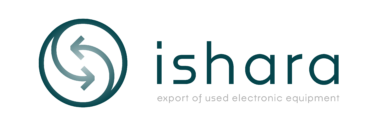Importing a container of used photocopiers requires rigorous organization, coordination among stakeholders, and careful management of documents, costs, and timelines. You are new to this business and you are wondering how to import a container of used copiers. This article outlines the key steps to successfully complete this operation.

Who are the key stakeholders when you import a container of used copiers?
The Broker
The broker acts as an intermediary who buys large volumes of used photocopiers and printers, inspects them, and makes them available to customers. Typically, they maintain a stock of thousands of machines, mixing brands and models. They are the main actor when deciding to import a container of used copiers.
The freight Forwarder
Also called a “forwarder,” this stakeholder is essential for international logistics. They arrange transportation of the container, manage customs procedures for the exporting country, and liaise with the shipping company. Forwarders coordinate with their counterparts in the importing country to ensure seamless operations.
The shipping company (Maritime Company)
Shipping companies own containers and ships to transport them. Sometimes even, they own parts of the ports where the containers are loaded and unloaded. Shipping companies play a key role in maritime international shipping. The best known are CMA-CGM, MSC, MAERSK and COSCO.
Shipping companies are very large, very rich and very powerful companies. They manage more than 80% of world trade and dominate the global market thanks to their modern fleets and global network. They are the ones who will provide you with the container you need.
Customs authorities (exporter and importer)
The customs of the exporting country plays an essential role when you import a container of used copiers. It ensures that trade complies with national and international regulations. Here are the main tasks of customs in this context:
Control of goods before export.
Compliance verification: Customs ensures that used photocopiers comply with safety, environmental, and technical standards (e.g., compliance with restrictions on hazardous substances such as lead or mercury).
Customs categorisation: They assign a tariff code according to the Harmonised System (HS), which determines the specific requirements for export. Photocopying is generally covered by Chapter 84 of the HS.
Regulation of export documents
Customs declaration: The exporter must complete an export declaration (Single Administrative Document – DAU) via the DELTA online customs system.
Mandatory documents in import of a container of used copiers.
This includes:
- The commercial invoice (specifying the value of the photocopiers).
- The certificate of origin (if required by the importing country).
- Specific authorisations if the photocopiers contain components considered as electronic waste (see next point).
Management of environmental rules.
Used photocopiers are covered by the regulations relating to electronic waste (European Directive WEEE). Customs ensures that these devices are not exported as illegal waste to third countries. In the case of export to countries outside the European Union, the exporter must check whether prior authorisation or a compliance visit is necessary.
Prevention of fraud and illegal trade.
Customs ensures that documents respect the real value of the goods to avoid undervaluation. It also verifies that exports do not circumvent trade bans (embargos) or violate international restrictions.
Costs involved when you import a container of used copiers
Maritime Transport Costs
Transport by sea includes the loading of the container on the boat and the transit of the boat from the port of departure to the port of arrival. The shipping company charges this cost. It varies according to the type of container, the duration of the trip but also according to the time of year and the state of the market. Indeed, the market is very fluctuating and is subject to changes according to the world order. Everyone remembers the container price increase of containers coming from Asia to Europe during the COVID period. Other events such as the blockade of the Suez Canal or piracy in the Red Sea have equally deleterious consequences on container transport costs.
Container Placement Costs
A specialised trucking company recovers the empty container at the port. It routes it by road to the Broker’s loading dock. The driver and his truck will wait until the loading is complete and then go to the port of departure of the container. The latter is not necessarily the same port as the one on which the container was retrieved.
At the end of loading, the Broker will position an inviolable seal on the container door. This will ensure the integrity of the load. The Broker will forward you the identification number of the seal so that you can verify during the recovery operations on the destination port that it has not been tampered with. Some ports are indeed poorly guarded and are subject to theft.
Container loading costs
Shipping companies own the containers. To maximise their profitability, they impose a loading time (3 hours for a 40″ container and 1h30 for a 20″ container. Note that the more different used photocopier models your container contains, the longer the loading time will be. Indeed, loading a container with different machine models is similar to a set of Tetris where each machine must find its place to optimise space. This type of loading is time-consuming. The shipping company charges for excess loading time (€90 per additional hour). It is therefore important to find the right measure between filling in empty spaces and optimising the cost of the container.
Insurance Costs
Shipping by sea is one of the safest modes of transport. However, if you wish to import a container of used photocopiers, the amount of damage in the event of damage may be significant. We strongly recommend that you insure the goods transported rather than risk losing everything.
The freight forwarder will contract the insurance for the seller who will charge you for it. Do not neglect this aspect, insurance costs only a hundred euros and covers damage to the entire merchandise.
Document Preparation
The BL (Bill of Lading). A BL is genuine document that proves merchandise ownership. Without it you cannot get your container at the port. The BL is essential to the transaction. Its writing should not be neglected because errors on the nature of the goods, the customs codes, or even the weight and volume of the goods can result in substantial customs fees on arrival. Check with the exporter that you are happy with the draft BL before it becomes BL (not draft). Any subsequent modification will come at a cost.
Container’s parking time
A container that doesn’t move is a container that costs money… This is the reason why maritime companies will charge for parking time of their containers. This applies to both Sea port of arrival and Sea port of departure parking time. Check that you have book enough free time to allow for your container to wait until you can retrieve it. Generally, maritime companies offer 10 free time day. Ask if you need more or it will cost you dearly.
Which container choose when you import a container of used copiers?
There are three types of containers used for importing photocopiers: 10-foot, 20-foot, and 40-foot containers.
- 10-foot containers are rarely used as they offer limited space, making them unsuitable for this type of operation.
- 20-foot and 40-foot containers are the standard choices for exporting used photocopiers.
20-Foot Container
The 20-foot container is a cost-effective option. If it’s your first shipment or your budget is limited, this is the best choice.
- Advantages:
- Lower cost compared to the 40-foot option.
- Easier to manage cash flow with less upfront investment.
- Trade-offs:
- Higher transportation cost per photocopier compared to a 40-foot container.
This choice provides a manageable way to test your operational capacity and gain experience without significant financial risks.
40-Foot Container
The 40-foot container, particularly the High Cube (40 HC) variant, offers the best transport value for money.
- Advantages:
- Larger capacity and better cost-efficiency for bulk shipments.
- High Cube containers have increased height, allowing for easier stacking of photocopiers on two levels without space constraints.
- Considerations:
- More expensive than a 20-foot container.
If your budget and financial stability allow, the 40-foot High Cube container is the ideal choice for maximizing transport efficiency.
How to load a container of used copiers

Filling and loading a container of used copiers with great care
Filling a used photocopier container requires careful planning to maximise available space and ensure the safety of equipment during transport. Photocopiers must be thoroughly cleaned and inspected to ensure that they are in good condition. They must then be individually wrapped, ideally in plastic or reinforced cardboard, to avoid scratches or damage.
When loading, the devices are strategically distributed: the heaviest at the bottom for stability, and the lighter or most fragile at the top. Wedges or straps and airbags are used to prevent movement during transport.
At the end of loading, the broker draws up a precise inventory of the machines loaded into the container. This document is called a Packing List. It will be used for the customs declaration and will ensure compliance with the environmental regulations of the country of destination.
Preparation
Used copiers must be cleaned, inspected to ensure they are in good condition, and individually wrapped in plastic or reinforced cardboard to prevent scratches or damage.
Strategic Placement
- Heavier units are placed at the bottom for stability.
- Lighter or fragile used copiers are positioned on top.
- Wooden braces, straps, and inflatable cushions secure the load and prevent shifting during transit.
Packing List
At the end of the loading process, the broker creates a detailed inventory of all machines in the container. This **Packing List** is crucial for customs declarations and ensures compliance with the destination country’s environmental regulations.
Constraints of a 20-Foot Container
In a 20′ container, the ceiling height is limited to 2.4 metres (2.66m in a 40′). The passage of the container door is even more restricted by measuring only 2.30 m high. Under these conditions, loading on two levels is made complicated.
The average height of a used photocopier is 130 cm. The vertical size of the first level of photocopier surmounted by the floor used to receive the second level is about 135 cm. This reduced height requires the disassembly of the document magazines of the photocopiers (ADF in English) which will be placed
At the upper level between the machines.
This constraint results in additional preparation work of about 8 minutes per copiers (i.e. 4 hours) that the Broker will be entitled to charge you.
How many used photocopiers can be loaded into a container?
A container is essentially a very large empty box that allows you to accommodate all kinds of goods. It is this apparent simplicity that made its success and that has revolutionised international maritime trade.
The used photocopier container will be loaded on two levels to optimise the available space. The broker’s loading teams manufacture a second level, made of wooden poles and a floor. As the first level is filled, they build the second level. More fragile, the upper level will accommodate the lightest machines.
Because the first level accommodates a photocopier and support structure of the second level, it will only be able to accept 3 photocopiers per row. A 40-foot container is 12 metres long. It allows you to align 17 rows of machines. 51 A3 photocopiers take place on this level. A 20-foot container will accommodate half of it.
The second level allows the use of all the 2.34 metres that constitute its width and can thus accommodate 4 machines per row according to the photocopier models. It will thus be possible to place 72 A3 photocopiers on the second level of the 40-foot container and half on that of a 20-foot container.
In summary:
A 40-foot container can hold up to 136 A3 photocopiers and about 40 A4 printers.
A 20-foot container can hold up to 63 A3 photocopiers and about twenty A4 printers.
For expert advice on keys to a successful import of a container of used copiers, contact us here.
